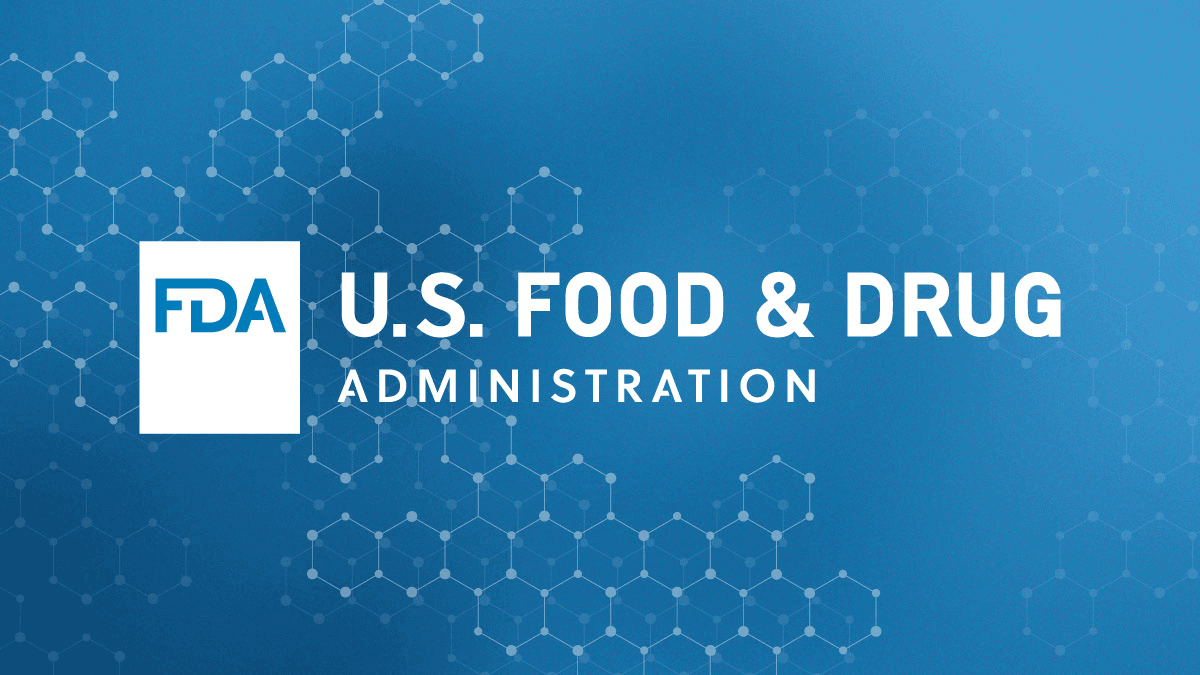The FDA issued guidance finalizing the 2016 draft guidance for inorganic arsenic in infant rice cereals and identifying the agency’s intended sampling and enforcement approach. The guidance identifies an action level of 100 micrograms per kilogram (µg/kg) or 100 parts per billion (ppb), which protects the public health by reducing infants’ dietary exposure to inorganic arsenic. According to the FDA, this level is achievable by industry. FDA testing of infant rice cereals over the last decade suggests that manufacturers are already making significant progress in reaching this action level. The lowering of the arsenic level is achieved through good manufacturing practices, such as selective sourcing and testing of rice and rice-derived ingredients (e.g., rice flour) to ensure lower levels of inorganic arsenic. Results from sampling in 2018 show that 76% of samples were at or below the 100 ppb level, compared to 47% of samples tested in 2014 and 36% of samples tested between 2011-2013. @ https://www.fda.gov/news-events/fda-newsroom/fda-brief-fda-takes-action-limit-inorganic-arsenic-levels-infant-rice-cereal?utm_campaign=080520_PR_FDA%20Takes%20Action%20to%20Limit%20Inorganic%20Arsenic%20in%20Infant%20Rice%20Cereal&utm_medium=email&utm_source=Eloqua
FDA is limiting inorganic Arsenic levels in infant rice cereal
FDA Takes Action to Limit Inorganic Arsenic in Infant Rice Cereal
FDA finalizes guidance that will help protect public health by reducing infants’ exposure to inorganic arsenic, associated with neurodevelopmental effects.
No comments


